Just because you ditch the soil in your hydroponic system, doesn’t mean your plants don’t need any support. In almost all setups, growers will use various types of hydroponic growing medium to support the plants root system. It also allows for maintaining a good oxygen/water ratio in your system.
This guide will examine the most popular types of hydroponic growing mediums used by growers today, as well as their benefits and downsides.
Expanded clay pellets (Hydroton)
Expanded clay pellets are fired to create a porous material that works extremely well in maintaining a good water/oxygen ratio. Even more it remains heavy enough to provide great support for the plant, while simultaneously staying light enough not to bog down your system.
It is not the cheapest hydroponic growing medium, but it can definitely be the most cost effective if you plan to grow long term. This is because they can be re-used several times over. After harvesting your garden, wash and clean your pellets before your next grow.
The clay pellets are non-degradable, sterile, and pH neutral, which make them a great choice. The only downside I have come across is how fast they dry out. This can be a problem in certain systems like ebb and flow, where moisture retention in between floodings is key. However, they work great when growing in net pots (deep water culture or NFT), like we used in our build.
Benefits of expanded clay pellets
- Reusable
- Affordable (especially if repeated grows are in your future)
- pH neutral
Downsides to expanded clay pellets
- Heavy when wet
- Drain extremely fast which may cause roots to dry out
- Environmental impact – they are strip-mined and non-degradable
Best expanded clay pellets
Rockwool
Rockwool (sometimes called stonewool) is a long used hydroponic growing medium, especially when it comes to starting seeds or clones. It retains moisture extremely well, while remaining porous enough to allow for aeration.
Rockwool is engineered by melting basalt rock and spinning it into long, thin fibers, similarly to cotton candy. Rockwool is a sterile, porous, and non-degradable hydroponic growing medium. However, it does need to be pH balanced prior to using. This is simply accomplished by soaking the cubes or sheets in pH balanced nutrient solution before use. The length of the soak will depend on the size of the cube.
The major downside to rockwool again is in manufacturing. The dust and fibers can be harmful, especially if inhaled.
Benefits of rockwool
- Capacity to retain water
- Easy to start seeds or clones
- Disposable
Downsides of rockwool
- Environmental impact
- Requires pH balancing
Best rockwool products
Oasis cubes
Oasis cubes are similar to rockwool in the fact they are a great hydroponic growing medium for germinating seeds and starting cuttings. The benefit versus rockwool is it does not need to be pre-soaked prior to use.
Oasis cubes are made from foam and completely inert. This growing medium has a neutral pH and fantastic water retention. Similar to rockwool, oasis cubes don’t come with nutrient solution, which allows the grower complete control over their system.
All cubes arrive in sheets with a pre-drilled hole to make seed starting easy.
Benefits of oasis cubes
- Inexpensive
- No need to adjust pH
- Easy to use
Downsides of oasis cubes
- Manufactured, and non-sustainable
- Not organic
- Not useful as a full growing medium
Best oasis cubes
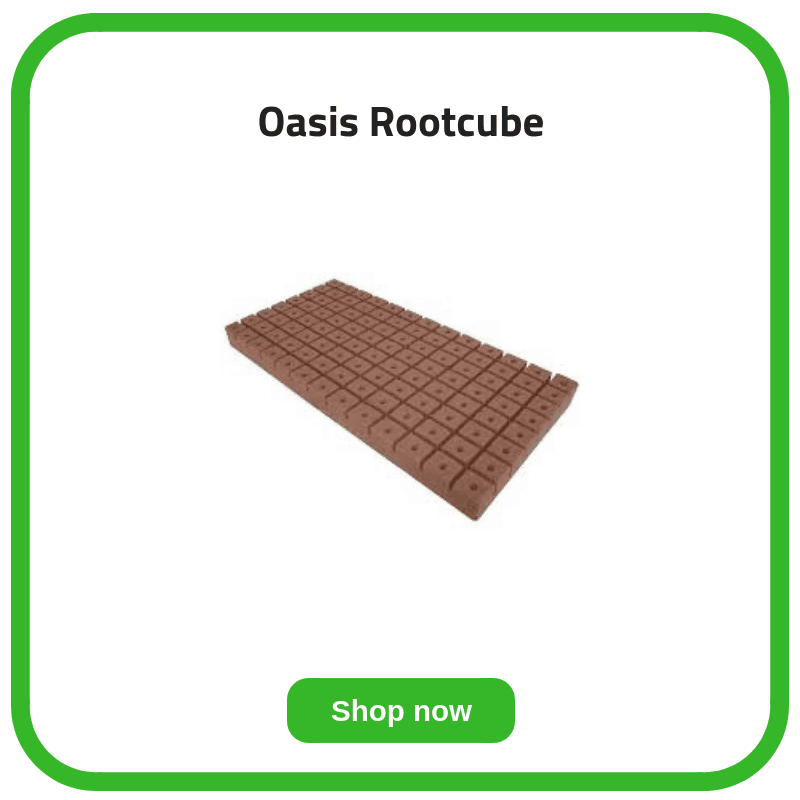
Coco fiber/Coco chips/Coco Peat/Coco Coir
Yes so many names! And they are all variations of the same organic material. Coco coir is a sustainable hydroponic growing medium made from the husk of coconuts. This organic growing medium is quickly gaining popularity among growers for it’s many benefits.
So why are they so popular? Well lets start with what they do in nature- they protect coconuts! They stop the fruit from sun damage, while simultaneously acting as a great growing medium for the coconut. In hydroponics, the coco coir acts as a great medium for our plants.
Coco coir has a great water/oxygen ratio to keep the plants roots from drowning, while staying aerated without drying out. The larger the size of coco, the greater the air pockets for root aeration. This is a benefit if you are using net pots in your hydroponic system as they won’t fall through the baskets. Finally, these husks would generally be going to waste if they weren’t used in hydroponics.
Benefits of coco
- Organic
- Completely sustainable
- Great water/air ratio
- Come compressed to save on space
Downside of coco
- Can become waterlogged
- Generally non-reusable
Best coco products
Perlite
Perlite is a hydroponic growing medium (traditionally used in soil) mainly composed of minerals subjected to extremely high heat. This allows them to expand, become ultra light, porous, and absorbent.
Perlite has one of the best oxygen retention abilities out of all hydroponic growing mediums. The major downside with this, is it’s relatively poor ability to retain water. Basically, it floats. Therefore, you would be unable to use it as a standalone media in a system like ebb and flow. Typically it is mixed with other growing mediums like vermiculite.
Benefits of perlite
- Lightweight
- Fantastic oxygen retention
Downside of perlite
- Poor water retention
- Environmental impact
- Potential problems from inhaling
Best available perlite
Vermiculite
Vermiculite is a silicate mineral that expands when exposed to heat. It is a very similar hydroponic growing medium to perlite, except that it is better at retaining moisture. Although like perlite, it shouldn’t be used on its own due to its capacity to retain too much moisture. This can often drown out plants roots.
It is best mixed with another hydroponic growing medium, like perlite. Be sure to purchase vermiculite that is specifically meant to work with hydroponics.
Benefits of vermiculite
- Lightweight
- Fantastic water retention
Downside of vermiculite
- Too much water retention when used on its own
- Expensive
- The correct stuff can be difficult to find
Best available vermiculite
Rapid rooter starter plugs
This is a relatively new hydroponic growing medium. It is made by General Hydroponics and consists of organic compost that won’t break apart due to the inclusion of a biodegradable binding material.
This might be the simplest hydroponic growing medium used today. It is sustainable and organic, and easy to use for starting seedlings or clones.
Benefits of starter plugs
- Easy to use
- Sustainable
- Organic
Downside of starter plugs
- Only used for starting seeds or clones
- Expensive when compared to other hydroponic growing medium
Best starter plugs
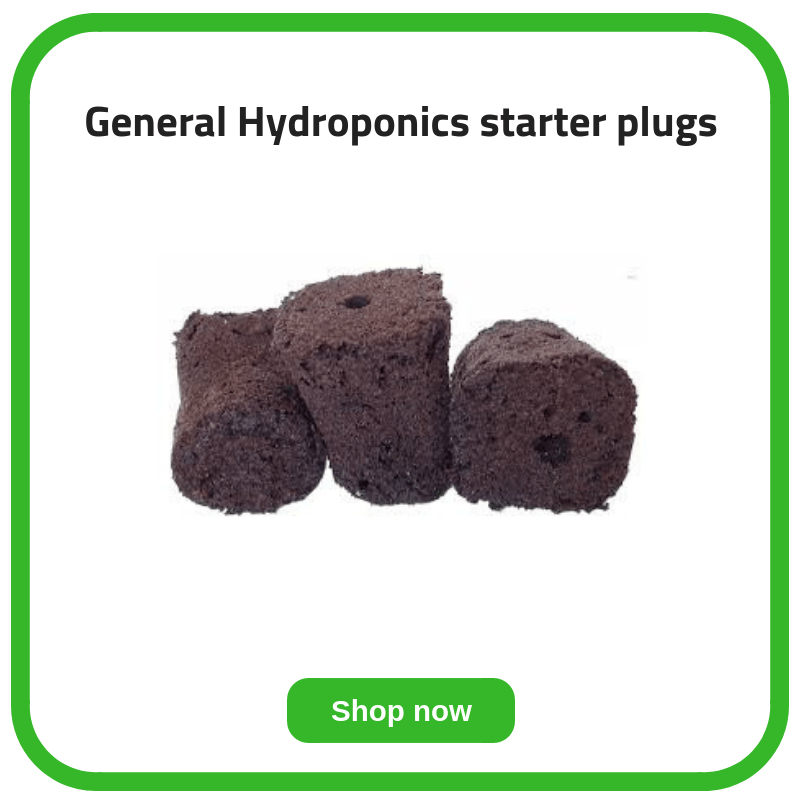
Gravel or rock
Think about the material you see at the bottom of aquariums- that is the rock or gravel I am talking about. Once its washed, it can make a great hydroponic growing medium.
Benefits of gravel or rock
- Abundant
- Extremely affordable
- Drains well
- Reusable
Downside of gravel or rock
- Very heavy
- Does not retain moisture
- Only suitable in certain hydroponic growing systems
- Can cause pH swings in nutrient reservoirs
Some good options for aquarium gravel
Pumice stone
Pumice stone is similar to perlite. This hydroponic growing medium is effective at holding nutrients, as it contains tons of tiny pores that act as little reservoirs to capture and store your nutrient solution. This can allow the grower more control over watering cycles, which can help prevent algae growth.
Even though it is capable of retaining moisture, it still drains quite well, preventing the roots from drowning, while still allowing for aeration.
Benefits of pumice
- Great nutrient retention
- Good drainage
- Good aeration
- Reusable
- Sustainable
Downside of pumice
- Only suitable in certain hydroponic growing systems
Best pumice stone available
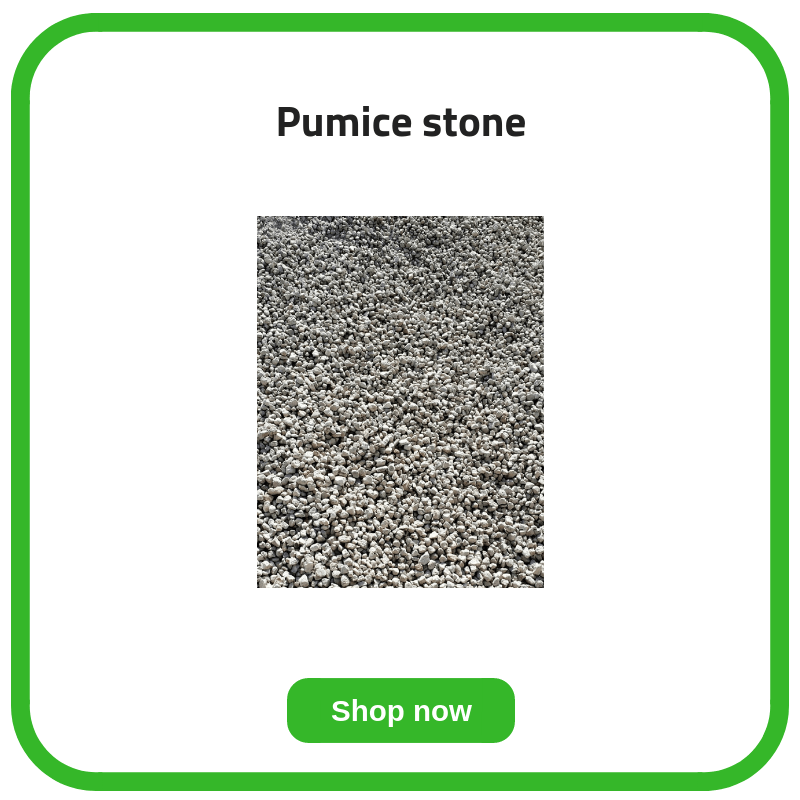
Wood (chips/bark/shavings)
Pine shavings are an inexpensive hydroponic growing medium often used in drip systems where water is constantly run through the plant. Take note that you want kiln dried wood that does not contain any additives, like chemical fungacides.
Lastly, wood (especially bark) has a tendency to take up more nitrogen as it decomposes. Therefore, you may want to consider adding slightly more nitrogen to your nutrient solution.
Bonus, this is a truly organic growing medium.
Benefits of wood
- Completely organic
- Maintains structure
Downside of wood
- Biodegradable
- Can attract pests and organisms
- May cause a nitrogen imbalance
Where to purchase wood growing medium
- Home and Garden Center
- Nurseries
Floral foam
You know the stuff around flowers you get from the florist- that’s floral foam. Interestingly, this can actually be used as a hydroponic growing medium. Be careful, it can become waterlogged.
Benefits of floral foam
- Affordable
Downside of floral foam
- Can crumble, leaving particles in your system
- Very high water retention
- Only suitable in certain hydroponic systems
Best floral foam
Rice hulls
As the name says, they are the shells that surround rice, and thus may or may not be readily available in your location. They are completely organic and break down very slowly like coco coir, making them a great hydroponic growing medium.
Some people suggest completely avoiding these as a growing medium because rice has a high probability of containing fungal spores, bacteria, or weed seeds. However, parboiled rice hulls have been processed leaving the hull sterile and clean.
Often mixed with other hydroponic growing mediums (pine bark) in a 30-50% ratio.
Benefits of rice hulls
- pH stable (5.7-6.5)
- Organic
- Sustainable
Downside of rice hulls
- Can lead to manganese toxicity (they are high in manganese)
- Can contain contaminants if you purchase the wrong type
If you are interested in getting started with hydroponics, use our DIY guide to building a deep water culture hydroponic system for your home.

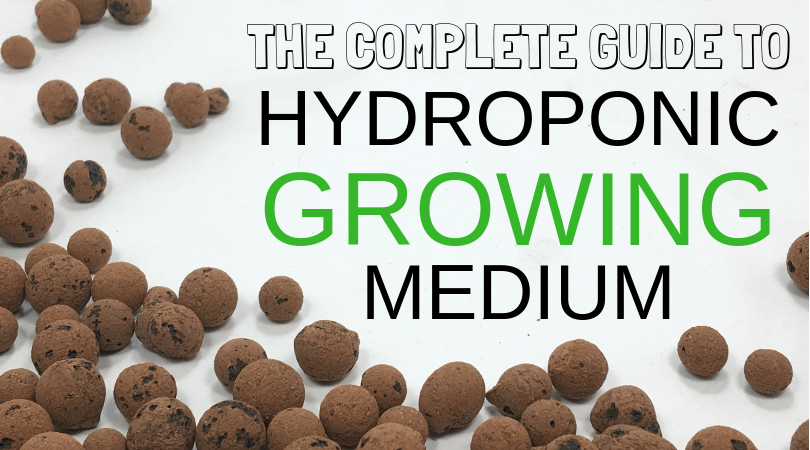
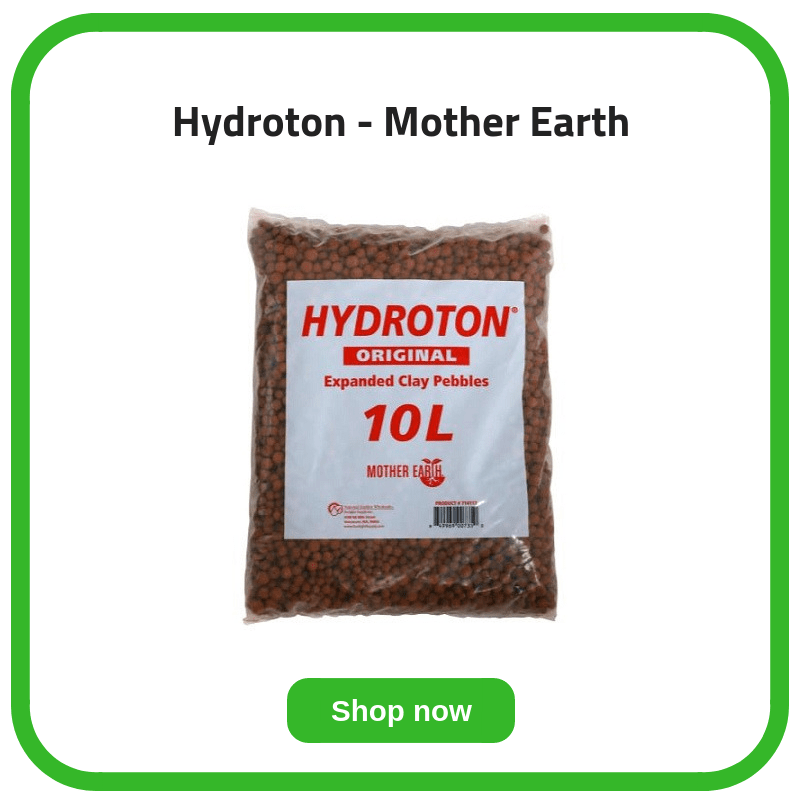
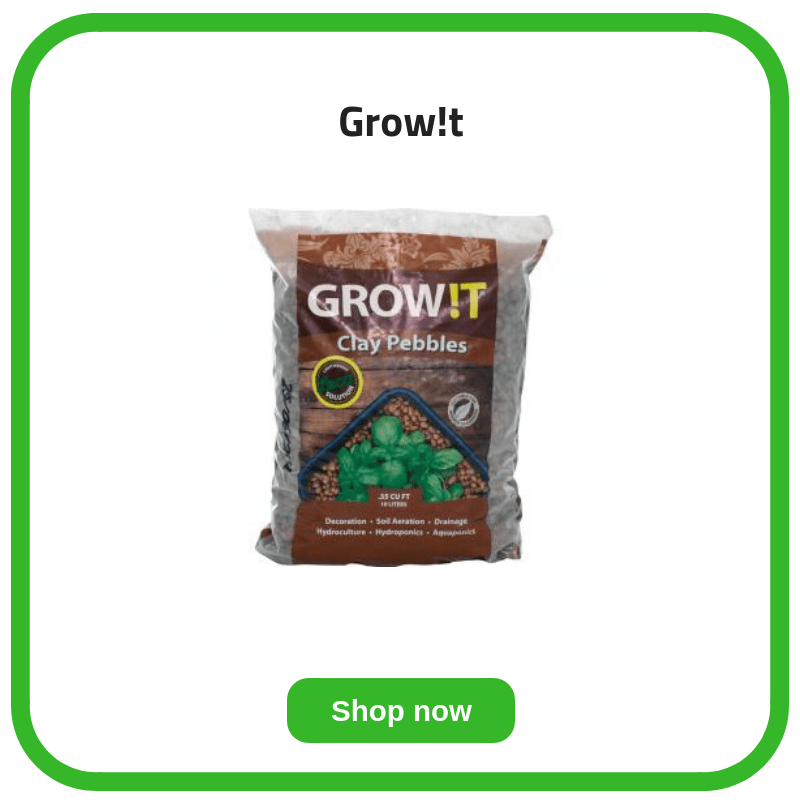
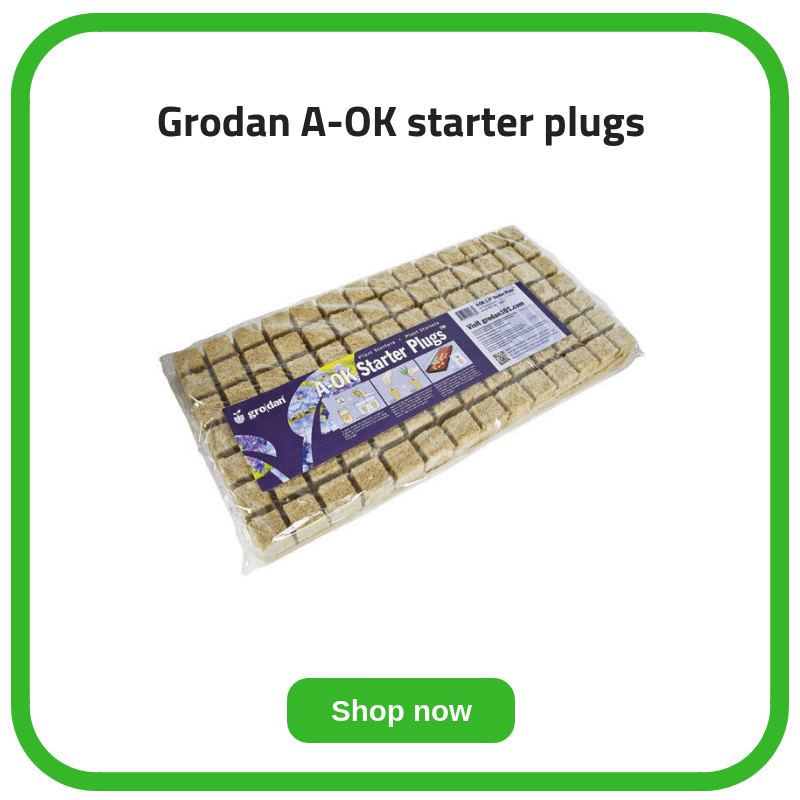
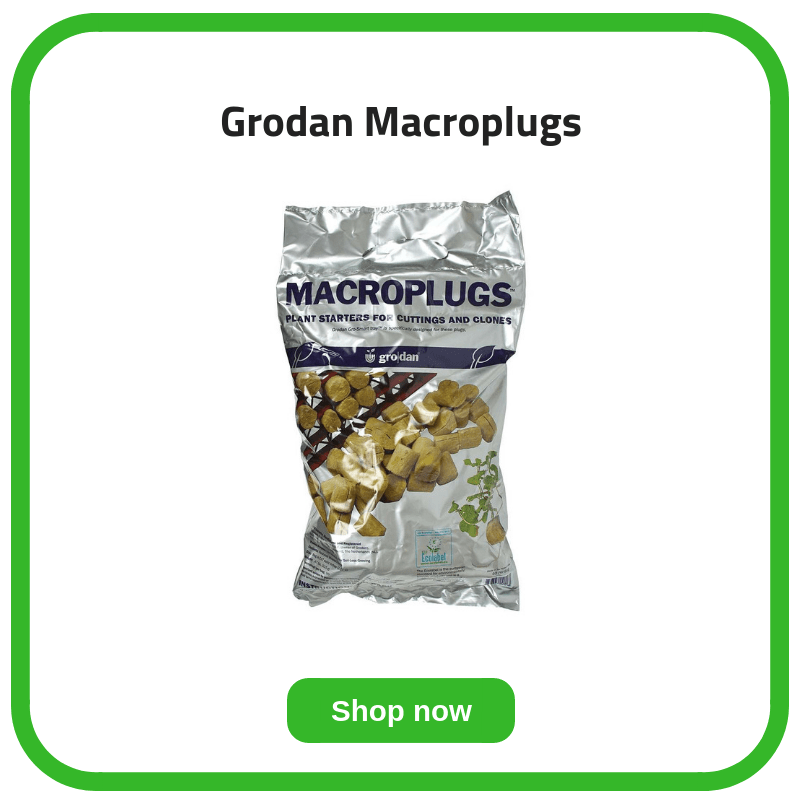
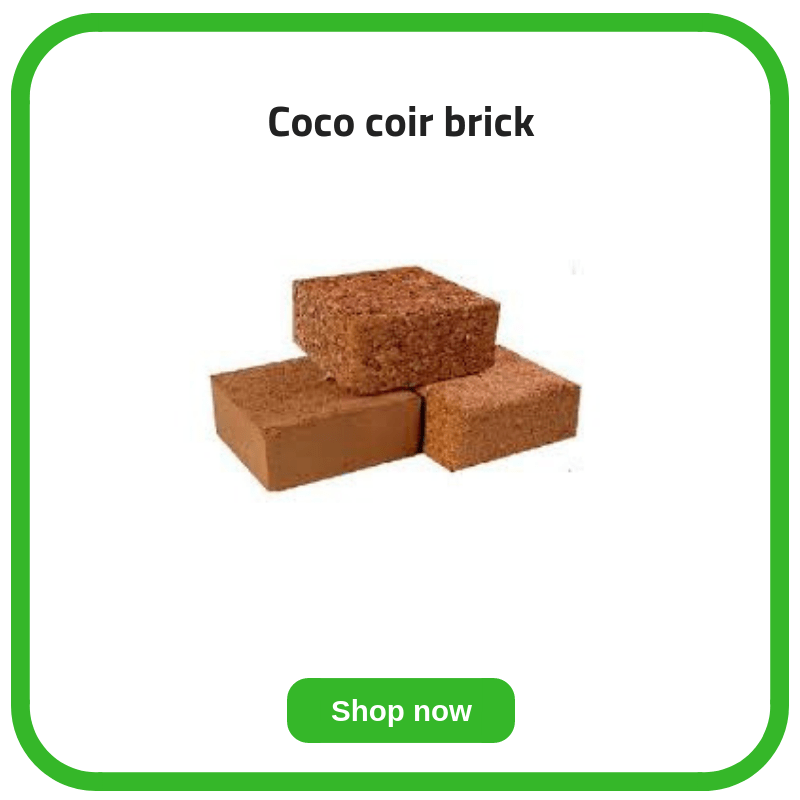
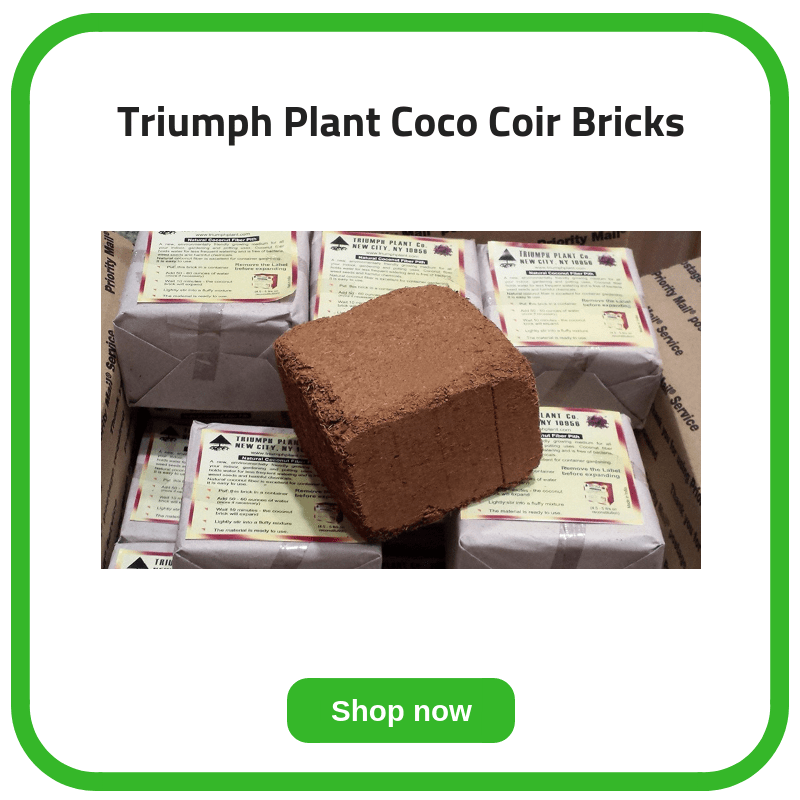
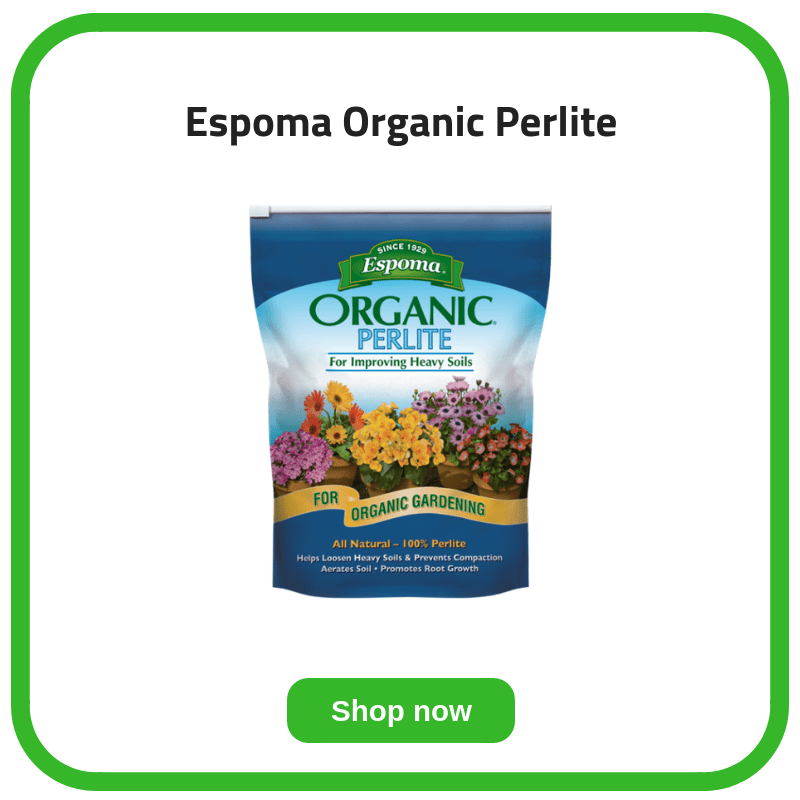
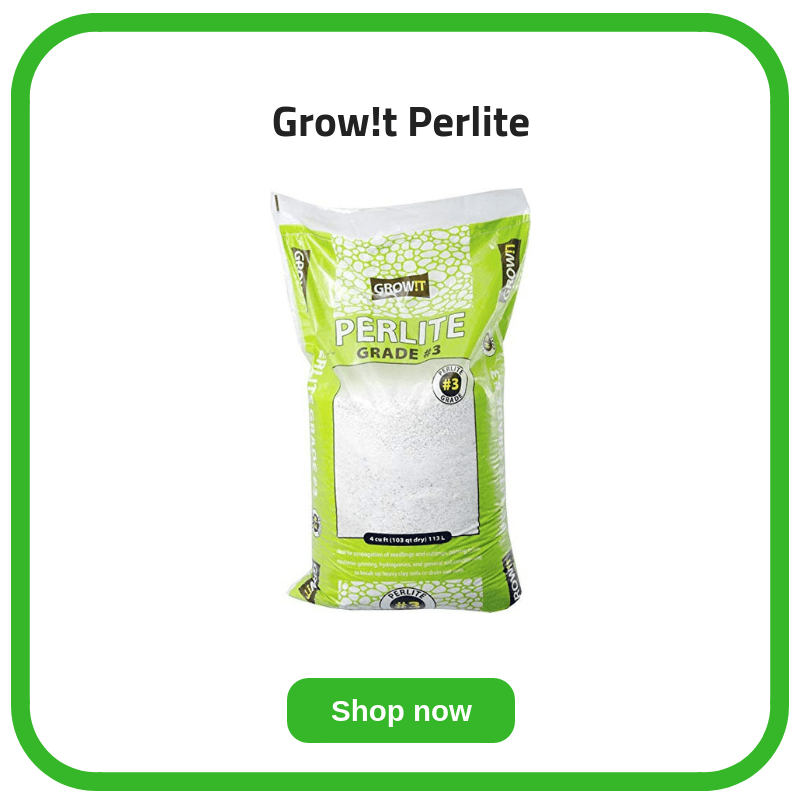
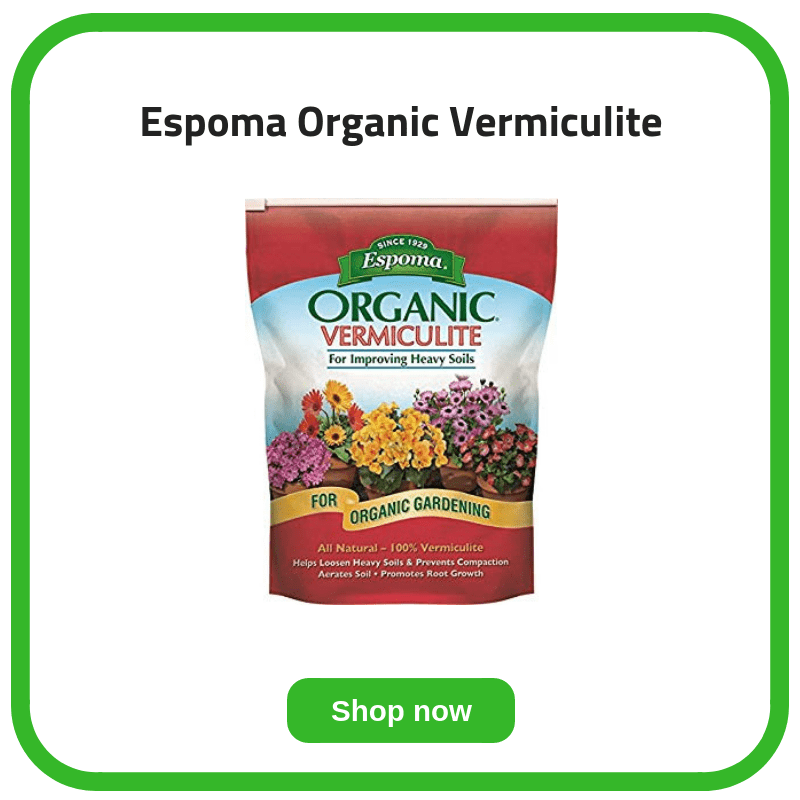
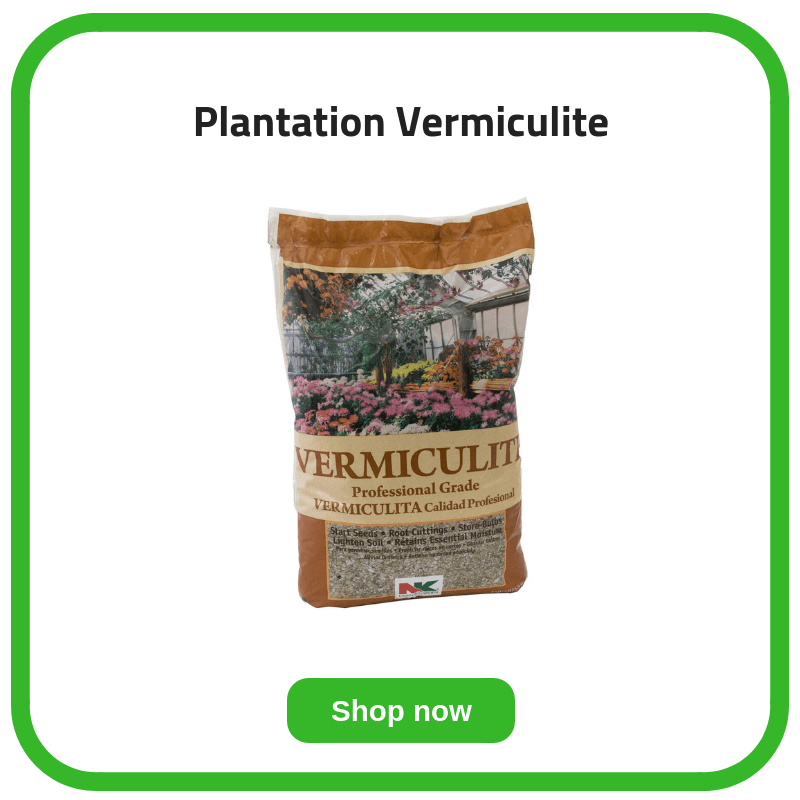
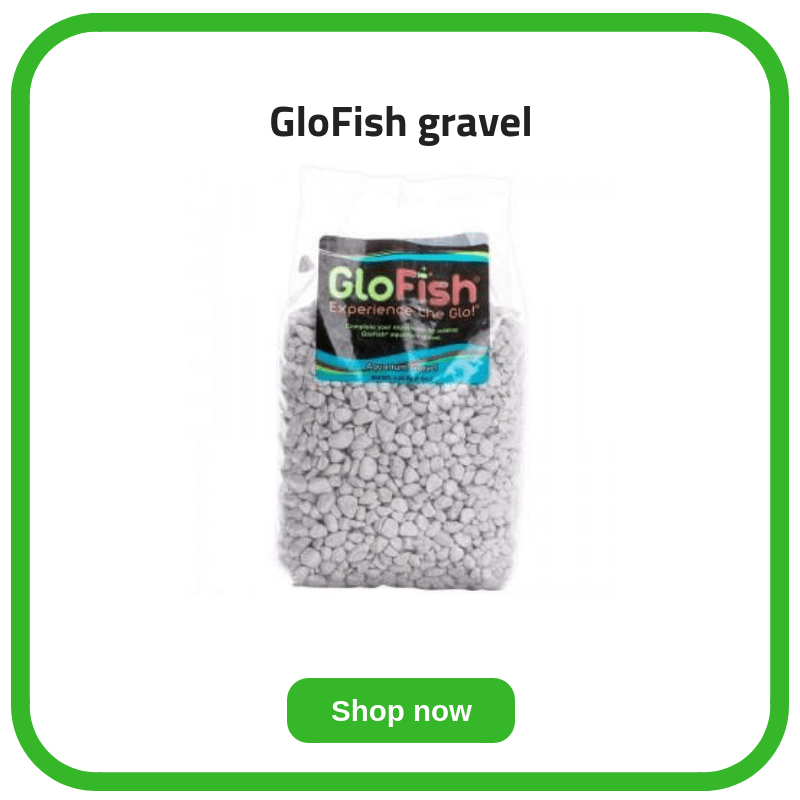
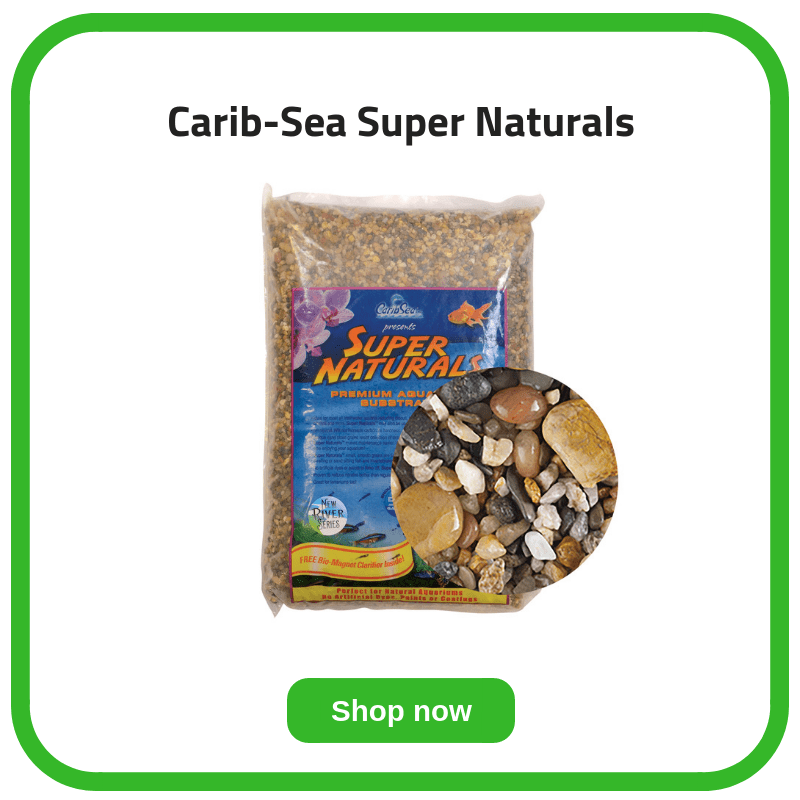
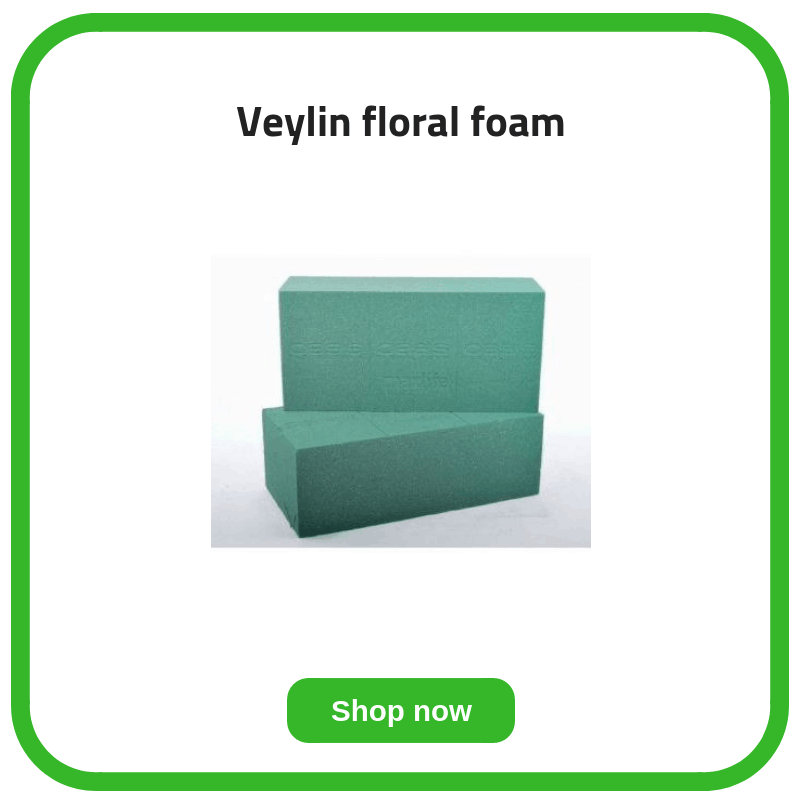
Thanks for sharing superb informations. Your site is very cool. I am impressed by the details that you’ve got on this website. Bookmarked this website page, will come back for more articles. You, my friend, ROCK!